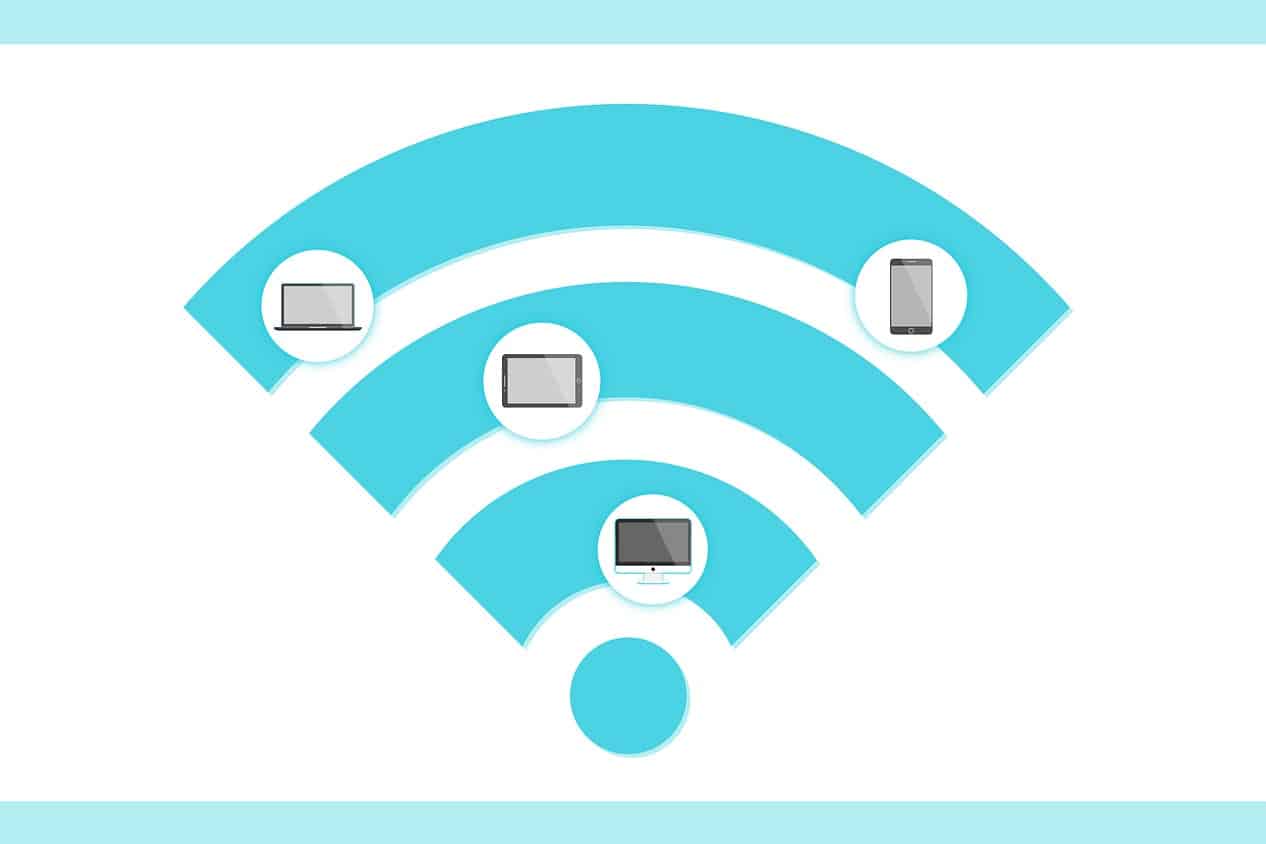
Chances are, you or someone (or everyone) you know has acquired a “smart” or “connected” device at some point this year. Millions of people have either purchased one or received one as a gift, and Amazon’s Alexa and Echo Dot products have hit staggering numbers. Tens of millions of Alexa enabled devices were sold around the world during the holiday season. Microwaves, baby monitors, even children’s toys have gone shamelessly high-tech, and show no signs of stopping. Are these wi-fi enabled gadgets safe?
It’s no secret that the Internet of Things (IoT) is becoming a huge focus of technology and the future, but many people still don’t realize the ramifications of not keeping all of these additional devices secure. You know what can happen when you don’t have a strong enough password for your online banking, but you could make yourself equally vulnerable with all of the items connected to your home and work networks too.
I would never suggest abandoning all of these awesome gadgets, because frankly they do a lot of cool things that previously we only dreamed about. Now we can accomplish them just by asking a device that understands voice commands to help us out. But that convenience comes with a price.
We asked our resident security experts, Tim Weber, Director, Infrastructure Services, and Eric Monda, IT Security Analyst, to weigh in on strategies to keep yourself (and your data) safe while still enjoying the benefits of the Internet of Things. These tips assume you’re using these devices at home, but if you’re considering bringing anything to work with you, you’ll need to check with your organization to ensure you’re adhering to company privacy policies and security best practices as well.
Our Tips for Keeping Wi-Fi Enabled Gadgets Safe:
- Change the default password on your router or wireless gateway.
- Change your default passwords associated with all devices. Give each device a unique and complex password instead.
- Only enable features you’re going to use – if you don’t need the functionality, don’t turn it on! Each function requires different levels of access. Cutting back on features that you’re never going to use means limiting the device’s privileges for the data it can gather.
- Pay attention to the fine print! Know what the device is able to do, and what you are agreeing to when you accept the terms from the vendor for using their product. They may be lengthy, but it’s worth it to know exactly what you’re giving the device the right to do.
- Make sure you apply updates when they’re available. Regularly updating and patching devices helps to ensure you’re protected from any newly discovered weaknesses that could be exploited by hackers.
- It’s tempting to give all of your information over to these devices and complete your profiles in extreme detail, but don’t. Does your refrigerator really need to know your birthday? This information is all stored somewhere, and you may not know where, or who’s looking at it.
Treat these gadgets, appliances and toys with the same caution as any other Wi-Fi enabled device. They can be great tools for productivity, entertainment and convenience. Secure them appropriately, and then enjoy!
